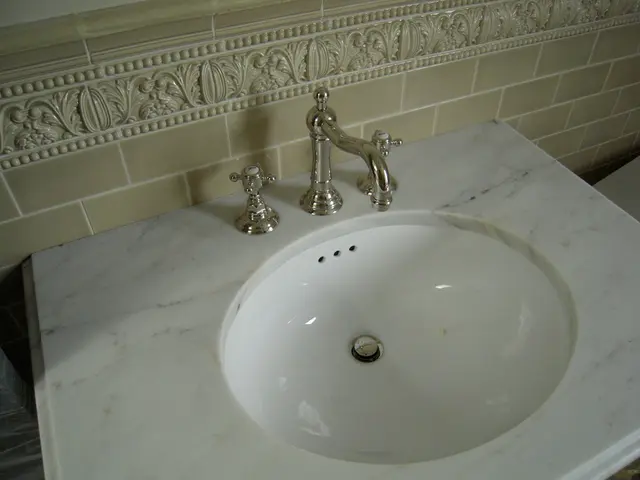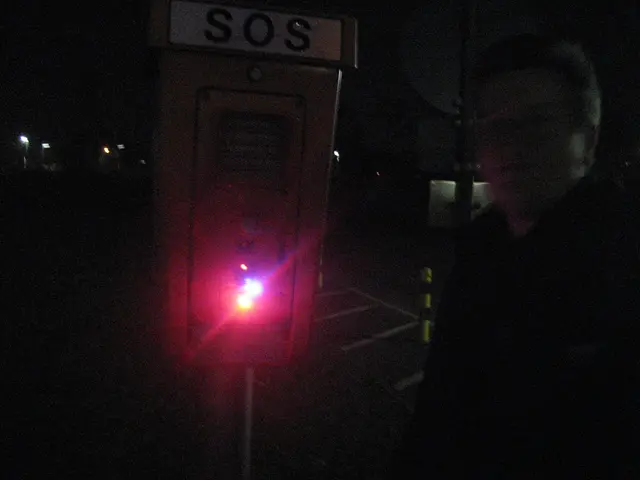Merging Multiple Pension Accounts Can S significantly Increase Your Retirement Savings by Thousands of Pounds
In the complex world of retirement savings, it's not uncommon for individuals to lose track of pension pots accumulated from various jobs over the years. With an average pension pot worth £9,393, these forgotten savings can significantly impact your retirement fund. Here's a step-by-step guide on how to trace, consolidate, and manage your multiple pension pots.
1. **Make a list of all your old employers** Start by listing all the jobs where you might have had a workplace pension. This will help you know how many pensions you need to trace.
2. **Contact your former employers or their HR/benefits departments** Reach out to your previous employers, providing details such as your full name, National Insurance number, employment dates, and ask specifically for the pension provider's name, contact info, and scheme details.
3. **Use a Pension Tracing Service** In the UK, the Government's free Pension Tracing Service can help you find lost pension providers, with details of over 200,000 pension schemes. Similar services exist in other countries.
4. **Get all pension scheme details and contact the pension firms directly** Once you have providers’ contact details, request statements or information about your pension pots.
5. **Consider merging or consolidating pension pots** Combining pensions can simplify management, reduce fees, and potentially improve growth. You can often transfer or roll over old pension pots into one current pension plan or an Individual Retirement Account (IRA) depending on your jurisdiction.
6. **Seek professional advice if needed** Specialist tracing services can offer expert help if you struggle to find pensions, sometimes for free or for a fee. They can do forensic investigations to uncover hidden or unclaimed funds.
By following these steps, you can reclaim forgotten retirement savings and potentially save money through reduced management costs by consolidating pensions. However, be aware that some pension funds have costly exit penalties, so it's worth checking what the fee is first.
It's also crucial to ensure that you're dealing with a reputable, well-known company that is regulated by the Financial Conduct Authority or The Pensions Regulator. If you get out of the blue communication from someone offering pension consolidation or anything like that, that is an immediate red flag.
The government plans to bring small pension pots together automatically from 2030, increasing pots for workers by an average of £1,000. But if you transfer out before this, you could miss out on this benefit.
Millions of people have lost pension pots from previous employers, worth a combined £31 billion. By merging pension pots, admin fees can be reduced, potentially boosting the retirement fund by tens of thousands of pounds. If paperwork is lost, contact previous employers for information about the pension scheme.
Lastly, remember that if you're currently employed, you'll be getting free employer contributions into your work scheme. Therefore, you won't want to lose that cash coming into your pot by transferring out. The minimum age you can start accessing your private pensions will rise from 55 to 57 overnight on April 6, 2028. Always do your research to make informed decisions about your retirement savings.
- To efficiently manage your personal-finance in retirement, it's essential to consider merging or consolidating multiple pension pots, as combining them can simplify management, reduce fees, and potentially improve growth.
- By prioritizing your personal-finance, it's crucial to verify the reputation of the company you choose for pension consolidation, ensuring they are regulated by a reputable agency like the Financial Conduct Authority or The Pensions Regulator, to avoid potential scams.




